Items Under Tag: lorries
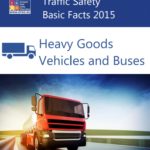
Road Safety of Car Occupants in the EU is highlighted at the Traffic Safety Basic Facts 2015 available at the European Road Safety Observatory of the European Commission. These Traffic Safety Basic Facts contain a comprehensive series of statistical tables with the latest available data from the CARE database of the European Commission.
More than 4.000 people died in road accidents involving HGVs and more than 700 people involving buses or coaches in 2013. Since 2004, the total number of fatalities involving HGVs, buses and coaches in EU fell by almost 50%. 
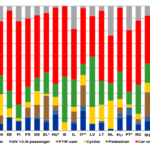
In April 2013, ETSC published a PIN Flash concerning collisions involving an HGV, a bus or a coach. In the European Union 4,254 people lost their lives in collisions involving heavy goods vehicles (HGVs) in 2011, 3,999 in collisions involving light goods vehicles (LGVs) – goods vehicles with a maximum permitted weight below 3.5 tonnes – and 722 in collisions involving a bus, coach or trolleybus, totalling 29% of the overall number of road deaths recorded in 2011. The number of road deaths in collisions with HGVs has dropped in all the PIN countries, Latvia leading the EU countries with an average annual reduction of 14.7% per year, a steeper reduction than the one in the total number of road deaths. 
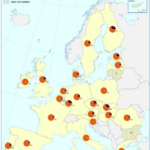
Road Safety of Heavy Goods Vehicles and Buses in the EU is highlighted at the Traffic Safety Basic Facts 2012 available at the Road Safety Knowledge System of the DACOTA project within the framework of the European Road Safety Observatory of the European Commission. More than 4.800 people were killed in road traffic accidents involving HGVs and more than 800 people died in road traffic accidents involving buses or coaches in the EU countries in 2010. The annual number of people killed in road traffic accidents involving HGVs, buses or coaches fell by more than 40% between 2001 and 2010. 

The European Commission published a report on the application legislation which requires professional drivers to undergo dedicated training. Data show that trainings have been effective and continue to enhance road safety. The report advises on specific issues to further improve the application of the legislation. The report suggests a few specific issues which can improve the application of the Directive, such as raising the involvement of social partners, and enhance the cooperation between Member States. 
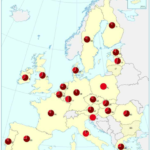
Road Safety of Heavy Goods Vehicles and Buses in the EU is highlighted at the Traffic Safety Basic Facts 2011 recently released at the European Road Safety Observatory of the European Commission as prepared by the DACOTA project. More than 4.200 people were killed in road traffic accidents involving HGVs and more than 850 people died in road traffic accidents involving buses or coaches in the EU countries in 2009. The annual number of people killed in road traffic accidents involving HGVs, buses or coaches fell by more than 40% between 2000 and 2009. 
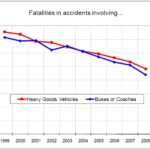
Road Safety of Heavy Goods Vehicles and Buses in the EU is highlighted at the Traffic Safety Basic Facts 2010 recently released at the European Road Safety Observatory of the European Commission as prepared by the DACOTA project. More than 5.200 people were killed in road traffic accidents involving HGVs and more than 950 people died in road traffic accidents involving buses or coaches in the EU countries in 2008. The annual number of people killed in road traffic accidents involving HGVs, buses or coaches fell by almost 40% between 1999 and 2008. 

A research titled ‘Heavy vehicle age and road safety’ co-authored by Z.Christoforou, M.Karlaftis and G.Yannis from NTUA, was published in the Proceedings of ICE – Transport in February 2010. Findings suggest that older vehicles have a 4.5 times higher accident involvement probability in comparison with newer vehicles, while accidents involving older CMVs have a 4 times higher probability of resulting in a fatality. Further analysis suggests that the mean per capita cost to tax payers from CMV accidents surpasses 100A per year, more than half of which is attributed to older vehicles. Measures to mitigate the problem are suggested. 
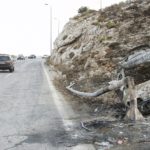
The 4th Pan-Hellenic Road Safety Conference was organised by the Hellenic Institute of Transportation Engineers and the National Technical University of Athens.
NTUA presented:
![]()
![]() Characteristics of lorry and bus accidents in Greece
Characteristics of lorry and bus accidents in Greece
![]()
![]() Application of the SUNflower methodology for the assessment of two-wheeler safety in Greece
Application of the SUNflower methodology for the assessment of two-wheeler safety in Greece
![]()
![]() Correlations of road accident and meteorological conditions time-series
Correlations of road accident and meteorological conditions time-series






















































































































































































